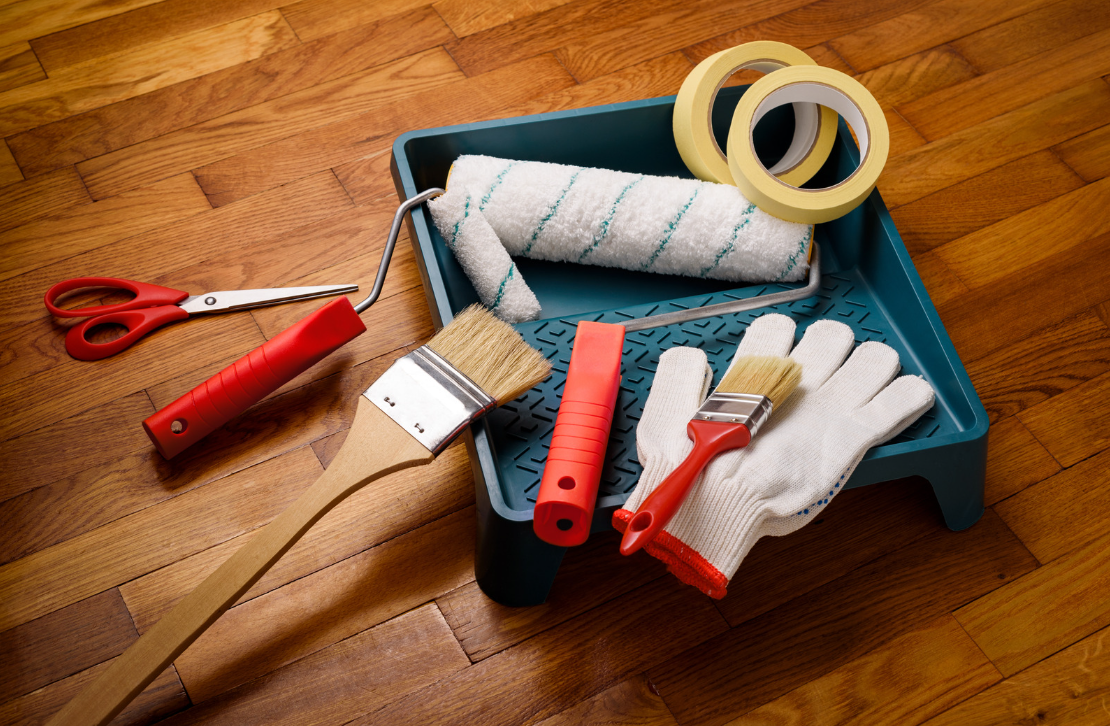Your Guide to Interior Home Painting Ideas & Colour Palettes

The first time I helped a friend choose colours for their terrace in Paddington, we were both shocked at how different a “simple white” looked in each room. One space glowed warm and inviting, while another turned cold and grey under the afternoon light. That’s the thing about interiors in Sydney — the coastal glare, leafy outlooks, and even flooring can all shift the way paint feels. Picking a shade isn’t just about liking a swatch; it’s about finding a balance that matches light, space, and daily use. Some people enjoy experimenting with samples and doing the work themselves, while others find it easier to lean on interior painting services Sydney offers to take care of the prep and finish. However you approach it, the goal is the same: to create rooms that feel intentional, comfortable, and distinctly your own.
Why colours behave differently in Sydney light
Sydney’s mix of harsh coastal glare, shaded streets, and reflective interiors can nudge a “neutral” cooler or warmer than you expect. South-facing rooms often push colours blue; west-facing glass can make white feel stark. That’s why paint chosen off a phone rarely lands the way you imagined.
-
Test swatches on multiple walls and at different times of day.
-
Place samples beside flooring and soft furnishings to read undertones honestly.
-
Use a white card border around samples to reduce distraction from existing colours.
A small practical note from experience: I once trialled two “identical” warm whites in a terrace with high ceilings. One read buttery under morning sun; the other went chalky beside cool marble. Only full-size sample boards told the truth. The lesson sticks — your light writes the script.
Palette ideas that work with local light
Think in families: a base neutral, a supporting trim, and one accent you can dial up or down.
-
Harbour Calm: warm white walls, soft ivory trims, a deep blue accent in joinery.
-
Leafy Modern: pale greige walls, crisp white trims, eucalyptus on a feature niche.
-
Sandstone Neutral: mushroom beige walls, off-white trims, clay accents in décor.
-
Coastal Graphite: cool off-white walls, true-white trims, charcoal on a media wall.
Keep ceilings flatter (to hide imperfections) and trims one sheen up from walls for a tailored edge. If you like consistency, carry the same trim colour through the whole home; it ties rooms together even when wall colours change.
Sheen and durability: the finish often matters more than the name
A beautiful colour can disappoint in the wrong sheen. Match the finish to the function and light.
-
Ceilings: flat/matte to soften glare and mask bumps.
-
Walls: low-sheen/eggshell for wipeability without looking shiny.
-
Wet areas: moisture-rated satin or a bathroom-specific formulation.
-
Doors & trims: semi-gloss or gloss for crisp edges and resilience.
Tip: once sample boards have cured, mark one with a pencil and another with a touch of oil from your fingertip. Wipe clean. If ghosting remains, step the sheen (or product grade) up a notch.
Practical compliance for residential painting in NSW
Beyond aesthetics, make sure the work sits within local rules and responsibilities. In NSW, certain painting tasks require the right credentials, and confirming them helps ensure accountability for preparation, application and safe site practice. If you’re checking the essentials before booking, the guidance at NSW painting licence requirements clarifies who can undertake painting work and the scope attached to that authorisation.
-
Verify the licence details match the individual or entity doing the work.
-
Confirm the scope covers your project (e.g., interiors, repairs, coatings).
-
Sight insurances and align on-site protection, ventilation and cleanup.
From a homeowner’s perspective, that quick due diligence smooths the entire process. It also sets the tone for conversations about surface repairs, primer systems and access — all the quiet decisions that make results last.
Preparation that elevates colour (and keeps it looking fresh)
Good prep is invisible when it’s done well — and obvious when it isn’t.
-
Clean and de-gloss: oils and residues can repel fresh coats.
-
Patch and prime: treat repairs like mini projects; prime them to even out porosity.
-
Sequence smartly: ceilings, then walls, then trims; dry times between are non-negotiable.
-
Cut-in wet: maintain a wet edge to avoid picture-framing at corners.
A quick real-world note: I helped a friend repaint a north-facing lounge with broad plaster patches across one wall. The unprimed areas flashed under low-sheen, no matter how careful the rolling was. A single pass of stain-blocking primer turned the next coat silky and uniform.
Choosing the right person for the job
When we repainted the living room in a friend’s Federation home, the first painter we spoke with promised speed but didn’t mention surface prep at all. The second walked us through patching cracks, sanding back trims, and even showed examples of similar projects in neighbouring suburbs. The contrast made us realise how much hinges on asking the right questions upfront. Simple tips for choosing a painter in Sydney, like confirming the licence, checking what brand line will be used, and seeing interiors completed under similar light, helped us feel confident that the finish would last.
-
Look for a documented process for protection, prep and coatings.
-
Ask about product systems rather than just colour names.
-
Review recent interior examples that mirror your room types and light.
Those signals tend to predict the experience you’ll have on site — clear communication, tidy edges, and a steady, consistent finish from space to space.

Planning scope and setting expectations
A friend of mine once booked painters for a small apartment in Surry Hills. What seemed simple — just fresh coats on walls and trims — turned complicated when the crew revealed halfway through that extra coats would be needed, stretching the timeline. That moment made me appreciate how important it is to have clarity on scope right at the start. Knowing the surface prep, the number of coats, and even the sequence of rooms can make or break the experience. Talking about house painter cost expectations isn’t just about money; it’s about setting standards so you’re not surprised later.
-
Agree on surface preparation standards, room by room.
-
Specify the number of coats and the exact coating line for each surface.
-
Map a room order that fits your routine (sleeping, working, pets).
-
Decide on ventilation and re-entry timing, especially for small rooms.
Being explicit here avoids crossed wires later — particularly around drying windows, access, and care during cure.
Final thoughts
Interior colour is part design, part discipline. Test generously, choose a finish that suits real use, and line up the practical details before any lid is opened. If you prefer a hands-on partner to keep everything moving smoothly, interior painting services Sydney can structure preparation and application around your palette, while you focus on how each room will feel once it’s done. For clarity on who can undertake painting work in your home, keep NSW painting licence requirements on hand, and if you’re shortlisting providers, tips for choosing a painter in Sydney offer practical criteria for making that decision with confidence.





